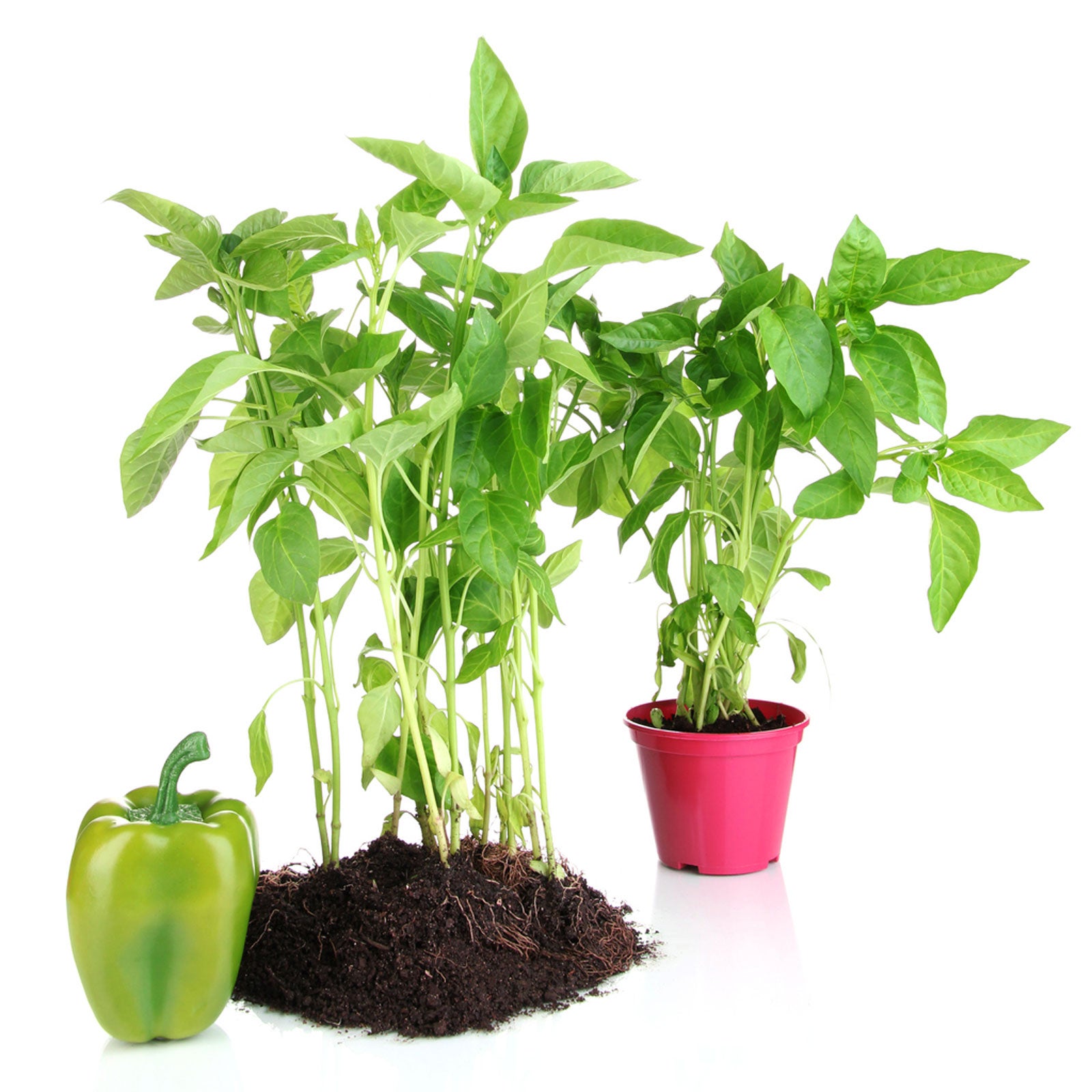Growing Peppers From Cuttings: How To Clone A Pepper Plant


Did you ever buy a pack of seedlings at your local nursery only to discover months later they were mislabeled? You find these wonderful peppers growing in your garden, but you have no idea as to the variety. Saving seeds won't do much good since they're most likely a hybrid, but did you know you can clone peppers from cuttings?
Gardeners often think of peppers as annual plants which need to be started from seeds each spring. In truth, peppers are perennials that form woody bush-like plants in frost-free climates where they can survive the winter. There is a way to regrow that wonderful mislabeled pepper for next year. All you need is a pepper plant cutting. Propagation is easy!
How to Clone a Pepper Plant
Select a stem that is approximately 3 to 5 inches (7.5 to 12.5 cm.) long. The stem should be from a healthy plant with no frost damage, discoloration, or stunted growth. A woody stem will have a better chance of absorbing adequate amounts of moisture to prevent the leaves from wilting during the rooting period. Choosing a stem with two or more small branches will make bushier clones. When rooting peppers from cuttings, it's wise to take extra stems in case some don't root.
Using a sharp knife or pruning shears, clip the stem at a 45-degree angle. Make the cut directly beneath one of the small nodes where the leaves emerge. The plant tissue in this area is more likely to generate roots. Remove any peppers, buds, or flowers. Rooting a pepper cutting requires the plant to put its energy into making roots, not toward reproduction.
Remove the leaves from the node that is directly above the cut. If another node sits directly above the first node, remove the leaves from that node as well. Dip the bottom of the stem into rooting hormone.
Use a seedling starter soil, rockwool cubes, or rooting medium such as sand mixed with peat or vermiculite for rooting a pepper cutting. Gently push the pepper stem into the rooting material.
When rooting peppers from cuttings, it's essential to keep the soil or rooting medium consistently moist. Lightly mist or cover the pepper cuttings with plastic to prevent excessive water loss through the leaves. Keep the cuttings at an ambient temperature of 65 to 70 degrees F. (18 to 21 C.) or on a heated plant mat. Provide indirect sunlight or artificial light.
Gardening tips, videos, info and more delivered right to your inbox!
Sign up for the Gardening Know How newsletter today and receive a free copy of our e-book "How to Grow Delicious Tomatoes".
It takes approximately two weeks for small roots to appear. When the roots are about an inch or so (2.5 cm.) long, transplant the root cuttings into a pot. Overwinter the pepper plants in the house or plant outside if weather conditions permit.
While growing peppers from cuttings is more common with ornamental type peppers, any type of pepper plant can be used. Rooting a pepper cutting is a great way to save and regrow a favorite pepper variety or grow a hybrid variety without saving seeds.

Laura Miller has been gardening all her life. Holding a degree in Biology, Nutrition, and Agriculture, Laura's area of expertise is vegetables, herbs, and all things edible. She lives in Ohio.
-
 How To Make A Bouquet Garni Or Herb Bundle For Cooking
How To Make A Bouquet Garni Or Herb Bundle For CookingIf you’re a great cook, you may have made an herb bundle before. If this is a new idea, learn how to add sparkle and interest to your dish with a bouquet garni.
By Amy Grant
-
 ‘Coral Charm’ Peony Care For Sublime Semi-Double Peonies With Lush Salmon Pink Flowers
‘Coral Charm’ Peony Care For Sublime Semi-Double Peonies With Lush Salmon Pink FlowersPeonies are known for their soft baby pink or magenta tones, but if plushy coral blooms are your thing, here’s our guide to the ultimate ‘Coral Charm’ peony care
By Tonya Barnett